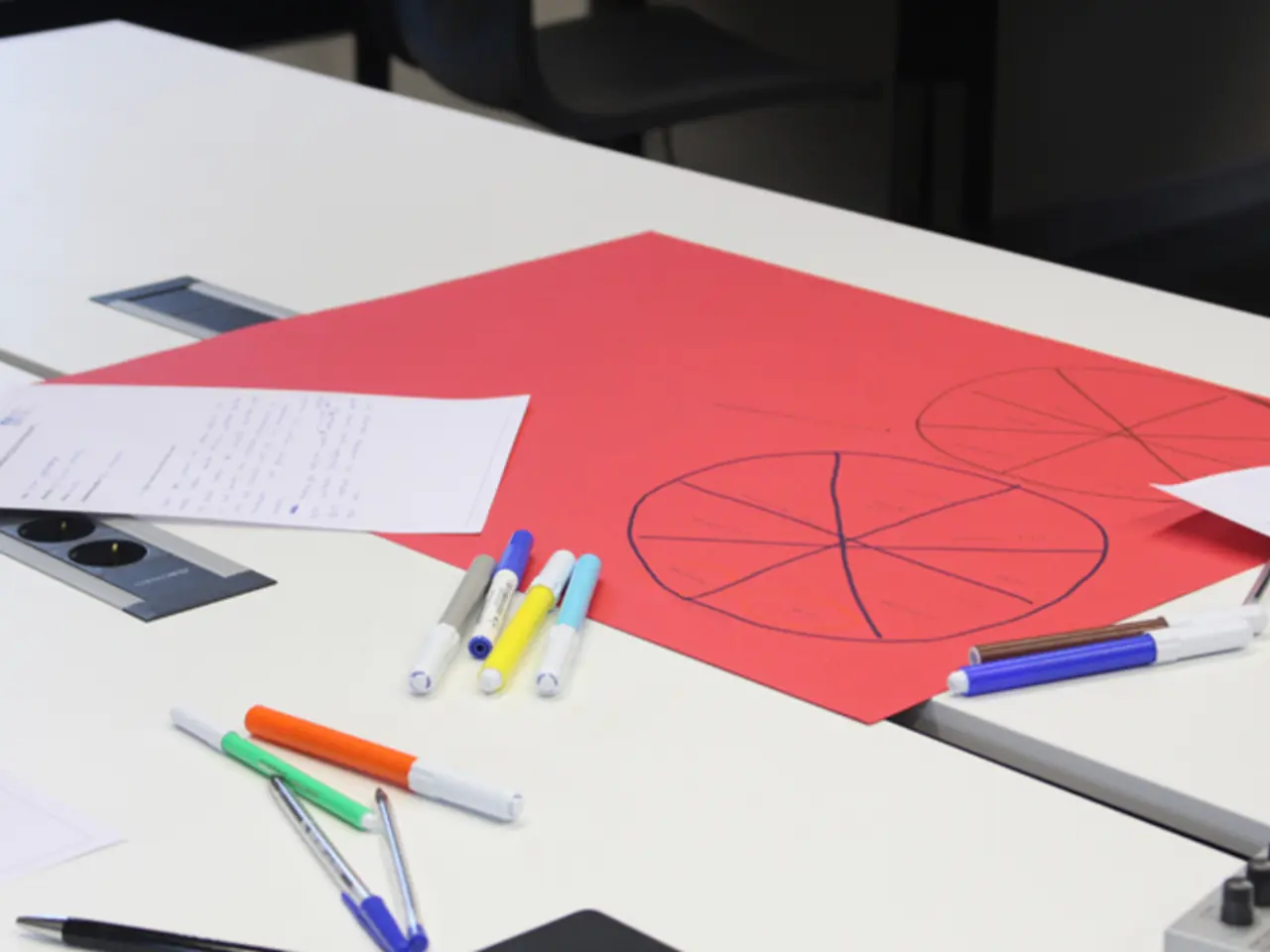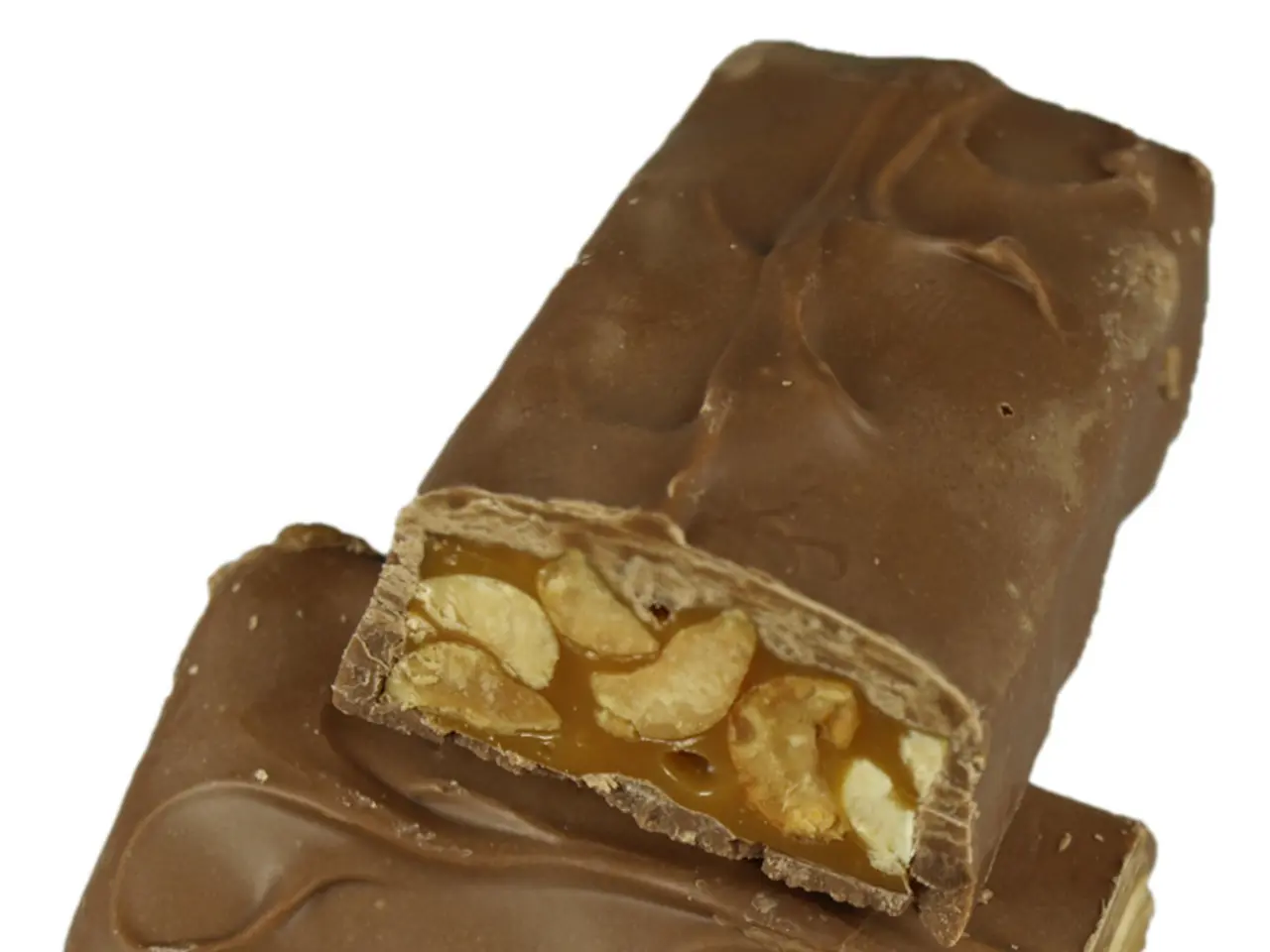Manipulating Shopper Behavior: Insight into Supermarkets' Strategic Arrange of Aisles and Products
In today's supermarkets, the shopping experience is carefully designed to encourage consumers to spend more and make choices that align with the store's profitability goals. This manipulation is achieved through strategic store layout, product placement, and sensory psychology.
### Store Layout
Most supermarkets follow a similar layout, with staple items like milk and bread placed at the back. This layout forces shoppers to walk through aisles filled with tempting products, increasing the chances of impulse buys. Essential items are often surrounded by higher-margin products, encouraging add-on purchases. The store entrance typically showcases fresh produce or flowers, setting a positive shopping mood and making customers more likely to linger and buy.
### Product Placement
Products positioned at eye level receive higher attention and sales than those placed higher or lower on shelves. Healthier snacks or products can be promoted by placing them at eye level or in prominent locations. Frequently purchased items are strategically placed in locations that require navigating through other sections, increasing exposure to more products. Impulse buys like candy and magazines are placed near checkout lanes to capitalise on last-minute purchases.
### Sensory Psychology
Supermarkets use visual cues such as bright colours and appealing packaging to catch attention and enhance perceived value. Olfactory nudges, like pleasant smells such as freshly baked bread or coffee, trigger emotional responses that can lead to relaxation and increased spending. Combining sensory nudges has complex effects; for example, combined visual and olfactory cues may reduce motivation compared to single sensory cues, suggesting subtlety is key in sensory manipulation.
### Summary
Supermarkets create an environment where shoppers are subtly nudged through visual design, product positioning, and sensory experiences to spend more money. Green is used in the produce area to signify freshness and health, while red is used to grab attention, often seen on sale signs and price tags. Stores guide customer paths in a counterclockwise loop, increasing the chances of unplanned purchases as customers spend more time in the store. Milk and eggs are often placed far from the entrance, forcing customers to walk through multiple aisles and increasing the chances of unplanned purchases.
### Strategic Shopping Habits
However, consumers can combat these tactics by adopting strategic shopping habits. Making a list, sticking to the list, and shopping with a time limit can help avoid impulse buys and overspending. High-margin products are strategically placed at adult eye level, while cheaper options are placed lower on the shelves. Endcap displays feature high-margin or seasonal promotions, increasing sales. These displays can see sales increases of up to 30% compared to their regular shelf position.
In conclusion, supermarkets employ a variety of tactics to influence shopper behaviour. By understanding these tactics, consumers can make informed decisions and avoid overspending.
- In the realm of psychology, supermarkets intentionally utilize the concept of sensory psychology to manipulate shoppers, aiming to increase sales by enhancing visual appeal and triggering emotional responses with strategic product placement and sensory cues.
- The science of layout in supermarkets reveals that crucial items like milk and bread are placed towards the back, compelling shoppers to pass through more aisles filled with tempting products, thereby encouraging impulse buys and add-on purchases.
- Shoppers visiting supermarkets encounter a commerce-oriented lifestyle, where product placement strategy is not only about stocking items, but also about influencing purchasing decisions, to the extent of taking advantage of principles from psychology and finance, positioning essential items alongside higher-margin merchandise.
- While supermarkets shape the shopping experience to generate profits through the application of psychology and strategic store layout, fashion-and-beauty, food-and-drink, home-and-garden, and other related products may also benefit from understanding these techniques, as their placement can significantly impact sales, mirroring the principles observed in the business sphere.




